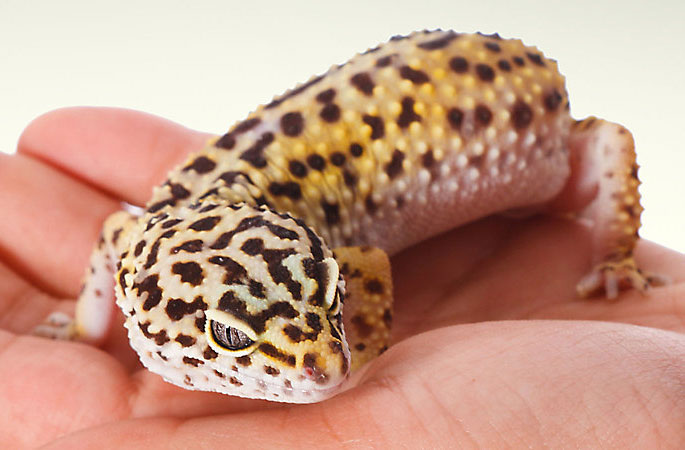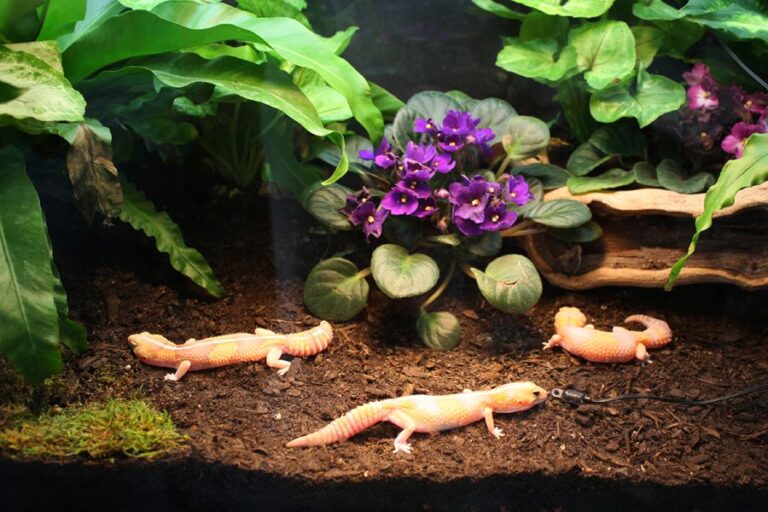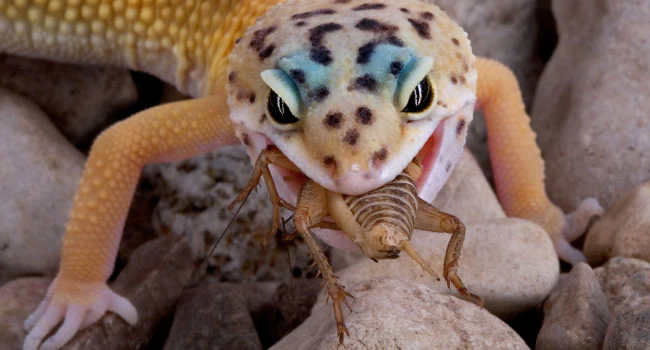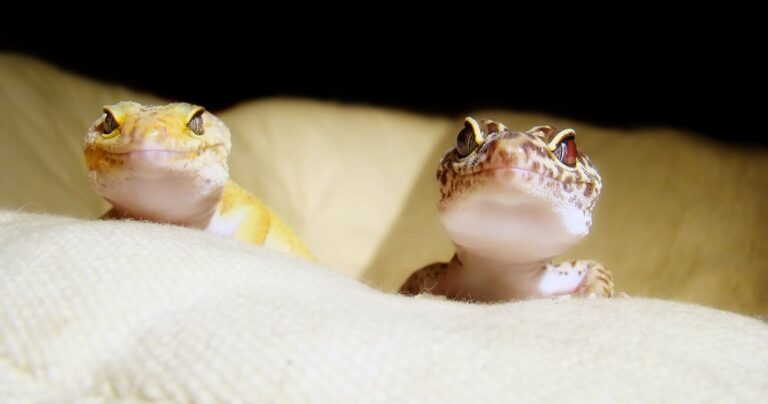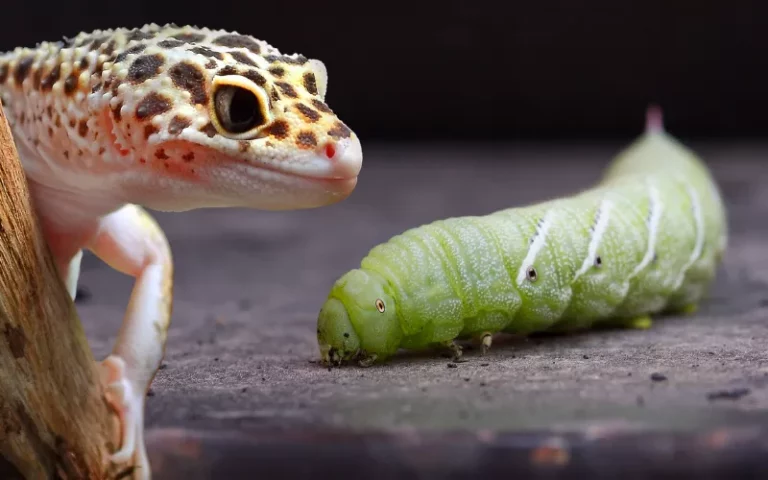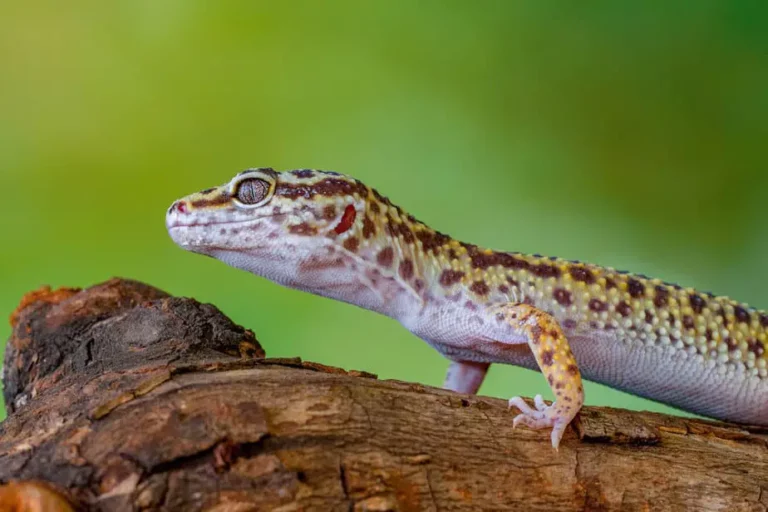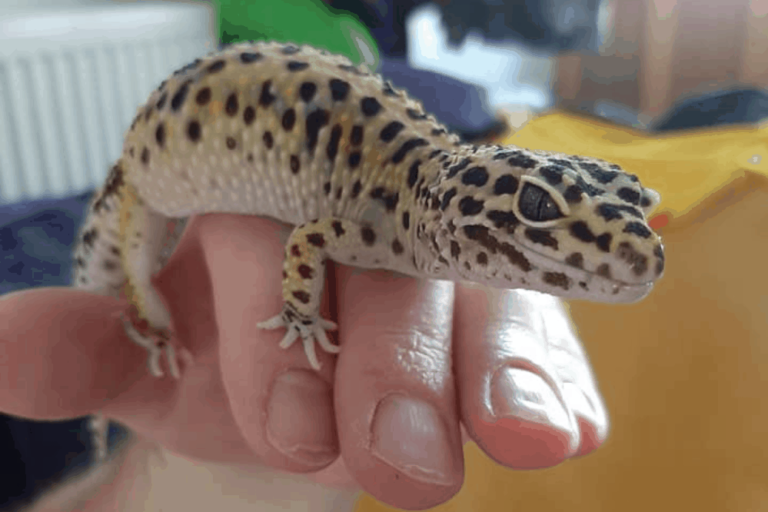How Big Do Leopard Geckos Get
Imagine stepping into the captivating world of leopard geckos, those enchanting reptilian companions that have gained a special place in the hearts of reptile enthusiasts. As someone who’s had the privilege of sharing a part of my life with these remarkable creatures, I can attest to the intrigue they inspire.
One of the first questions that often arises when considering leopard geckos as pets is, “How big do leopard geckos get?”
The answer is that approximately, fully grown female leopard geckos typically measure approximately 18 to 20 centimeters (7.1 to 7.9 inches) in length, and adult males generally have a length of about 20 to 28 centimeters (7.9 to 11.0 inches). However, there can be some variation in size based on factors like genetics, diet, and overall health.
Whether you’re a seasoned reptile keeper or just embarking on your journey into the world of exotic pets, this guide will illuminate the path to understanding the sizes and wonders of leopard geckos.
Leopard Gecko Growth Table
| Age (Months) | Male Leopard Gecko Size (Length) | Female Leopard Gecko Size (Length) | Male Leopard Gecko Weight | Female Leopard Gecko Weight |
| 0-2 | 3-4 inches | 3-4 inches | 5-10 grams | 5-10 grams |
| 3-6 | 4-6 inches | 4-6 inches | 10-20 grams | 15-25 grams |
| 7-12 | 6-8 inches | 6-8 inches | 20-40 grams | 25-45 grams |
| 13-18 | 8-10 inches | 8-10 inches | 30-60 grams | 40-70 grams |
| 18+ | 8-12 inches | 7-10 inches | 40-80 grams | 50-80 grams |
What are the factors that influence the size of leopard geckos?
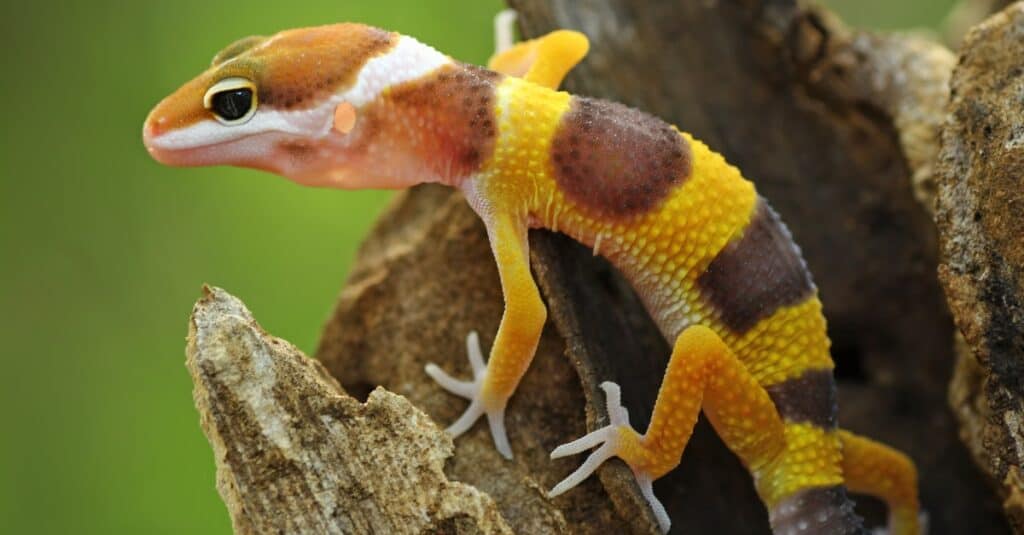
Several factors can influence the size of leopard geckos. Here’s what you need to know.
Genetics: It plays a pivotal role in determining the size of these captivating creatures. Some individuals hail from genetic lines predisposed to larger or smaller statures, setting the stage for their lifelong growth trajectory.
Age and Growth Rate: Age is a key influencer as well. As these reptiles progress through life, they continually expand, with the final flourish of their adult dimensions typically realized within 18-24 months. In their early days, they may appear petite, and individual growth rates can exhibit marked diversity.
Sexual Dimorphism: a noticeable differentiator, showcases the remarkable dimorphism between male and female leopard geckos. Females emerge as the larger and more robust of the two, especially evident as they mature into adulthood. This distinction in size mirrors their unique biological roles.
Nutrition and Diet: Nutrition emerges as a vital factor, wielding significant sway over their development and well-being. A diet thoughtfully balanced with essential nutrients is their passport to proper growth. You can provide them:
- Crickets
- Waxworms
- Silkworms
- Beetles
- Cockroaches
- Butter worms
- Tomato hornworms
- Dubia roaches
While mealworms, waxworms, and superworms are favorite treats for Leopard geckos, it’s important not to give them too much. Before serving these insects to your pet make sure they’ve had a good meal themselves. Let them munch on nutritious food for at least a whole day
Lastly, young geckos demand frequent, protein-rich meals to fuel their burgeoning bodies, while adults benefit from a more diverse menu.
Habitat and Enclosure Size: Consider the habitat’s expanse and enclosure size—a facet that influences their growth journey. Inadequate living space can curtail activity levels, which, in turn, affects muscle development and overall size.
Temperature and Lighting: They rely on their surroundings to stay comfy. So, it’s vital to set up a “temperature range” in their home. Imagine one side of their habitat having a warm spot with a heat lamp, around 28-30 °C during the day. On the other side, keep it cooler, between 24-26 °C.
Moreover, At night, give them a break from the heat lamp, but use something like a heat mat or ceramic heat lamp to keep the temperature above 18 °C. They prefer it a bit dry, so check the humidity with a tool called a hygrometer. Aim for 30-40% humidity, especially at the cooler end.
Lastly, they need a little bit of special light, but not too much. A UVB bulb with 2-5% UVB will do the trick and also contribute to growth. This helps them make vitamin D and use calcium, which is super important for their health.
Stress Management: Stress, though often underestimated, can exact a toll on their growth. A harmonious and secure environment, coupled with gentle, infrequent handling, shields them from the adverse effects of chronic stress.
Health and Wellness: Their health and wellness are paramount. Any underlying health issues, parasitic invaders, or illnesses like (metabolism disease, and armpit bubbles) can sabotage their growth potential. Regular veterinary check-ups and the vigilant upkeep of a pristine, disease-free environment are the cornerstones of their flourishing journey through life.
When Do Leopard Geckos Stop Growing?
It’s entirely natural for leopard geckos to undergo continuous growth well into their adult stage; this phenomenon generally continues until they reach approximately a year and a half of age.
Depending on various factors, including their morph, sex, and genetics, some leopard geckos can surpass the 100-gram mark in weight and extend beyond an impressive 10 inches in length!
Furthermore, the most substantial surge in a leopard gecko’s growth usually takes place during the initial six months of life. During this phase, their growth rate is at its peak, with an impressive gain of approximately 5 to 10 grams each month, culminating at around 7 to 8 months of age.
However, as they approach their sub-adult stage and size, the pace of growth noticeably decelerates. During this period, you can anticipate your gecko to only pack on a few grams per month until they eventually attain their ultimate adult size, typically at around 18 months of age.
Are Male Leopard Geckos Bigger Than Females?
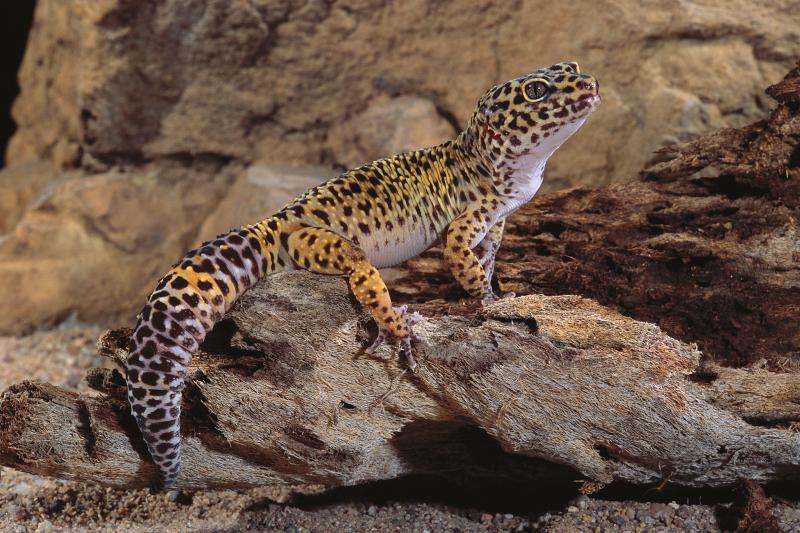
Yes, In the realm of leopard geckos, adult males typically outsize their female counterparts. They exhibit a remarkable difference in size, with an additional 2 to 4 inches in length, broader heads, thicker necks, a wider tail base, and more robust bodies.
So, these disparities in size usually become apparent as they transition into adulthood. It’s during this stage that male leopard geckos develop post-anal swellings and showcase a distinctive V-shaped arrangement of pre-anal pores.
While both sexes possess cloacal spurs, a trait that distinguishes them, the males tend to have more prominent spurs and, as mentioned earlier, are generally larger.
FAQs
Do Leopard Geckos Recognize Their Owners?
Yes, Leopard geckos may recognize their owners in the way a dog or cat might, also, they can become accustomed to human presence and associate it with food. Over time, they can show some degree of comfort and trust with familiar caregivers. However, their recognition is limited compared to more social animals.
Do Leopard Geckos Grow to the Size of Their Tank?
No, Leopard geckos do not typically grow to the size of their tank. Their growth is primarily influenced by genetics, diet, and overall care.
How Old Do Leopard Geckos Get?
Leopard geckos can live up to 15 to 20 years or more in captivity when well cared for.
Big Does a Leopard Gecko Tank Need to Be?
A suitable leopard gecko tank size should be at least 10 gallons for one adult gecko, with an additional 5 gallons for each additional gecko in the same enclosure. A 20-gallon long tank is a common choice for a single adult gecko. Providing adequate space is essential for their well-being.
Final words
In conclusion, I’ve learned that the size of leopard geckos can vary depending on factors like genetics, age, and overall health. On average, as an adult leopard gecko, I can expect to reach a length of about 7 to 10 inches.
Additionally, It’s interesting to note that males are usually a bit smaller than females. To ensure I reach my full potential size and enjoy a long, healthy life, it’s crucial for my owner to provide me with the right care, a balanced diet, and a comfortable habitat. This way, I can thrive and grow to be the best leopard gecko I can be.

